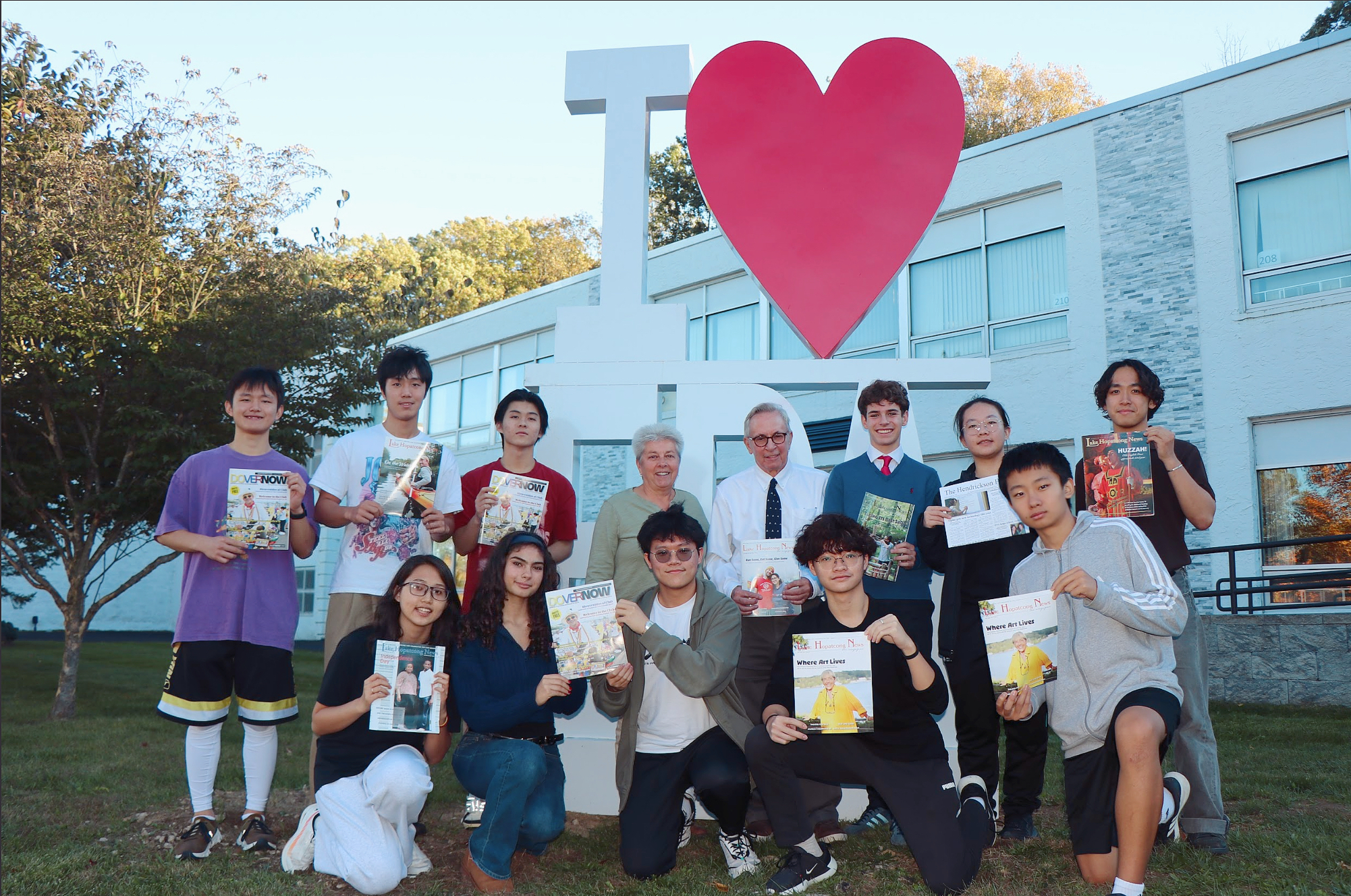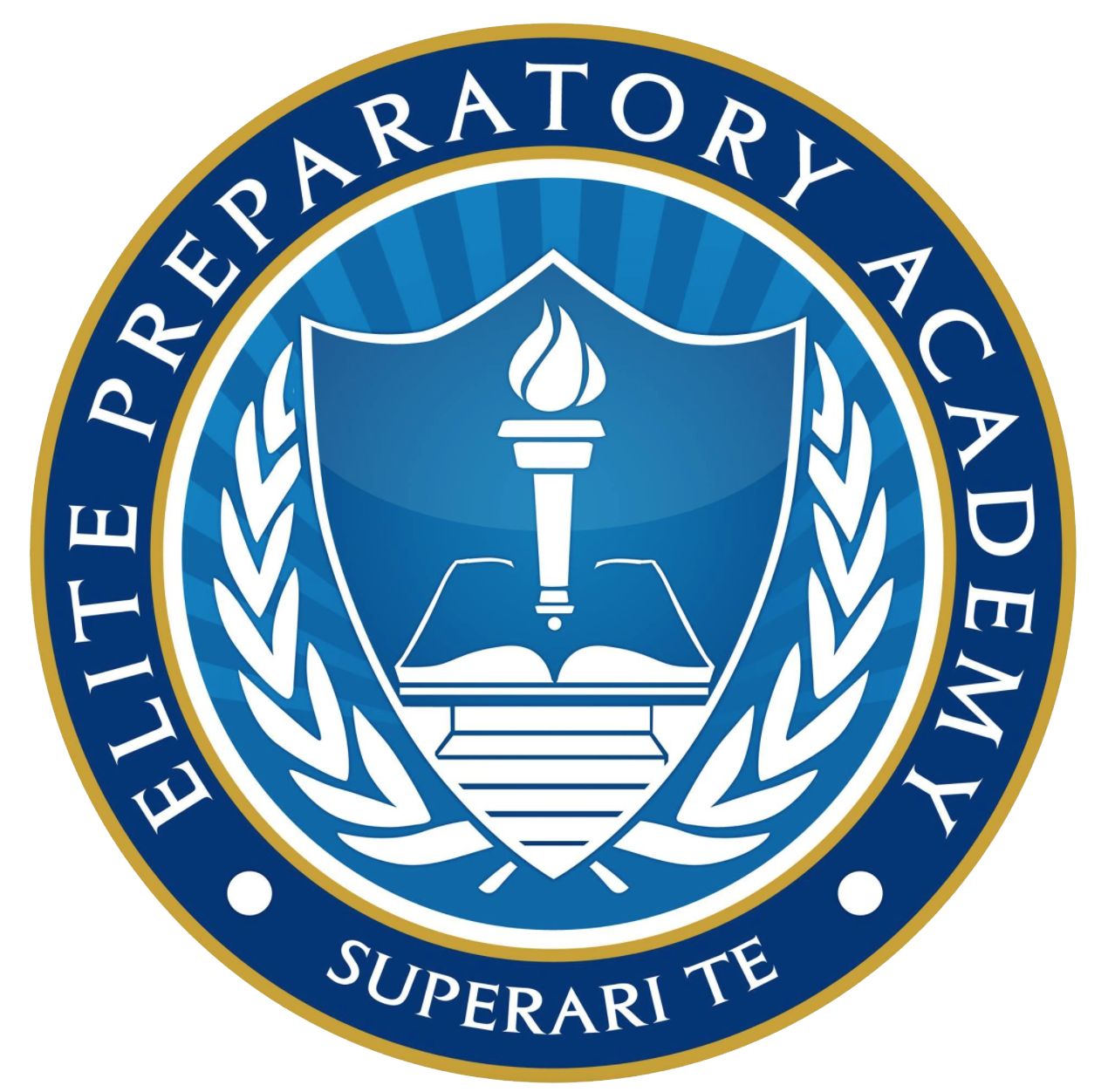October 16, 2025 — Elite Preparatory Academy (EPA)
Senior writer and Editor-in-Chief: Boge Xiao
With thanks to Mrs. Doris and Aiqiao Xu for photos, and to EPA’s Community Ambassador Club for participation.
On a calm Wednesday afternoon, the Community Ambassador Club room filled with the kind of quiet excitement that only real stories can bring.
The students of Elite Preparatory Academy welcomed Ms. Karen Fucito, the editor of Lake Hopatcong News, a journalist and photographer whose camera and pen have witnessed the life of the local community for decades. Held in the school’s community space, Ms. Karen explored her path into journalism, the operations of a community magazine, and opportunities for collaboration. The conversation highlighted the enduring value of storytelling, empathy in reporting, and the role of local media in fostering community connections.
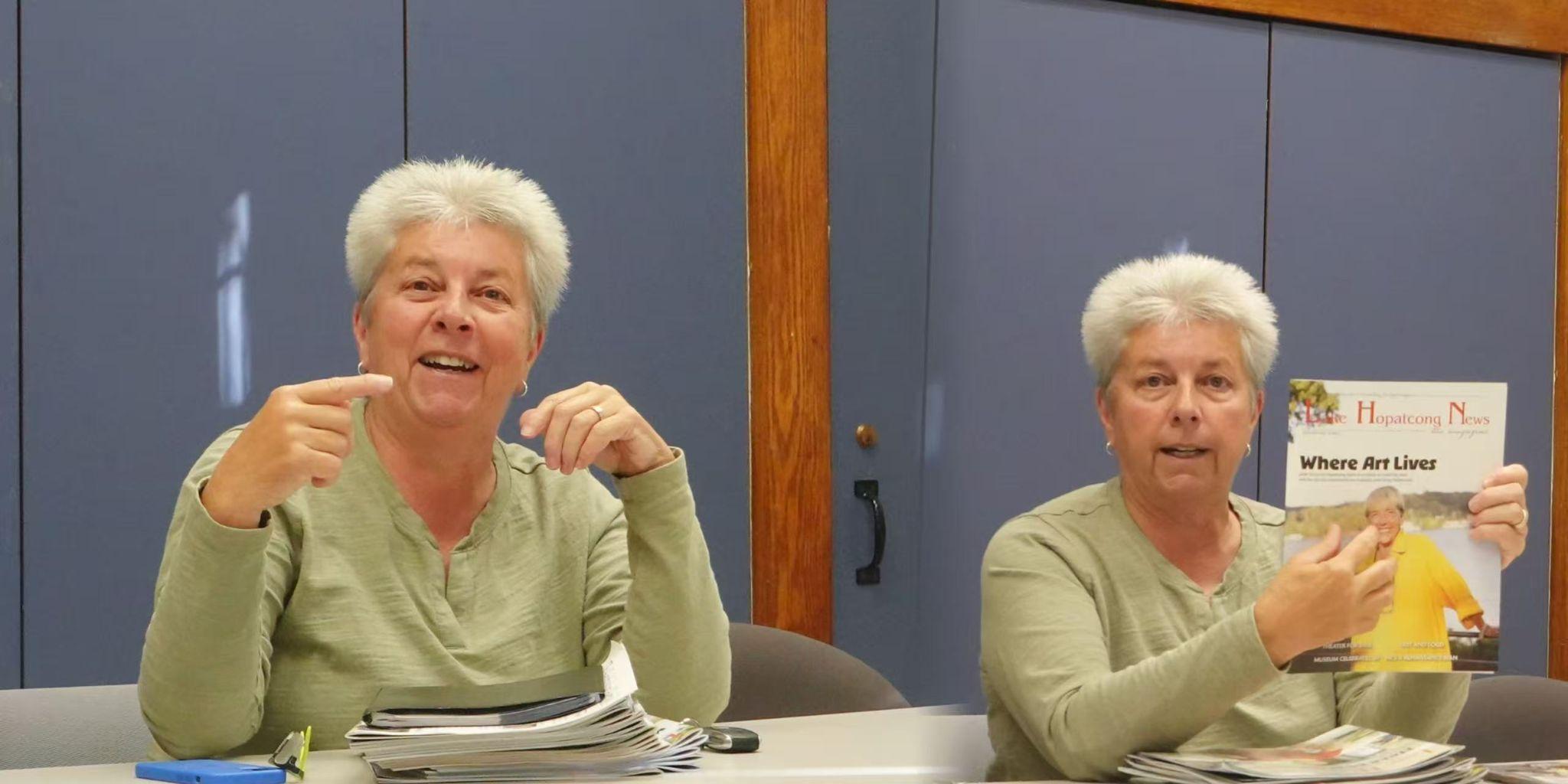
Ms. Karen began with her earliest steps. In high school she wrote sports for a weekly paper, then continued in college as a communications major while covering football for the Pocono Record, developing a deep understanding of sports rules. A turning point came when an editor asked if she could shoot pictures. She said yes. Despite limited experience, she embraced the challenge. Her first assignment was a college football game at night, shot on manual film with no autofocus. She returned to the lab with two rolls, thirty-six frames each, but this task ended in failure, with no usable images from the film rolls due to processing errors and poor lighting. Undeterred, she shifted to day games and honed her skills, eventually transitioning into photojournalism.
After college, Ms. Karen spent 20 years at the Daily Record, serving as a staff photographer and later as photo editor for a decade. She stepped away briefly, then returned to teach journalism workshops with a friend in fourth and fifth grade classrooms. Students practiced critical thinking, interviewing, note-taking, writing, and photography, producing small classroom newspapers in two weeks. Many participants later recalled the experience as one of their most enjoyable school activities.
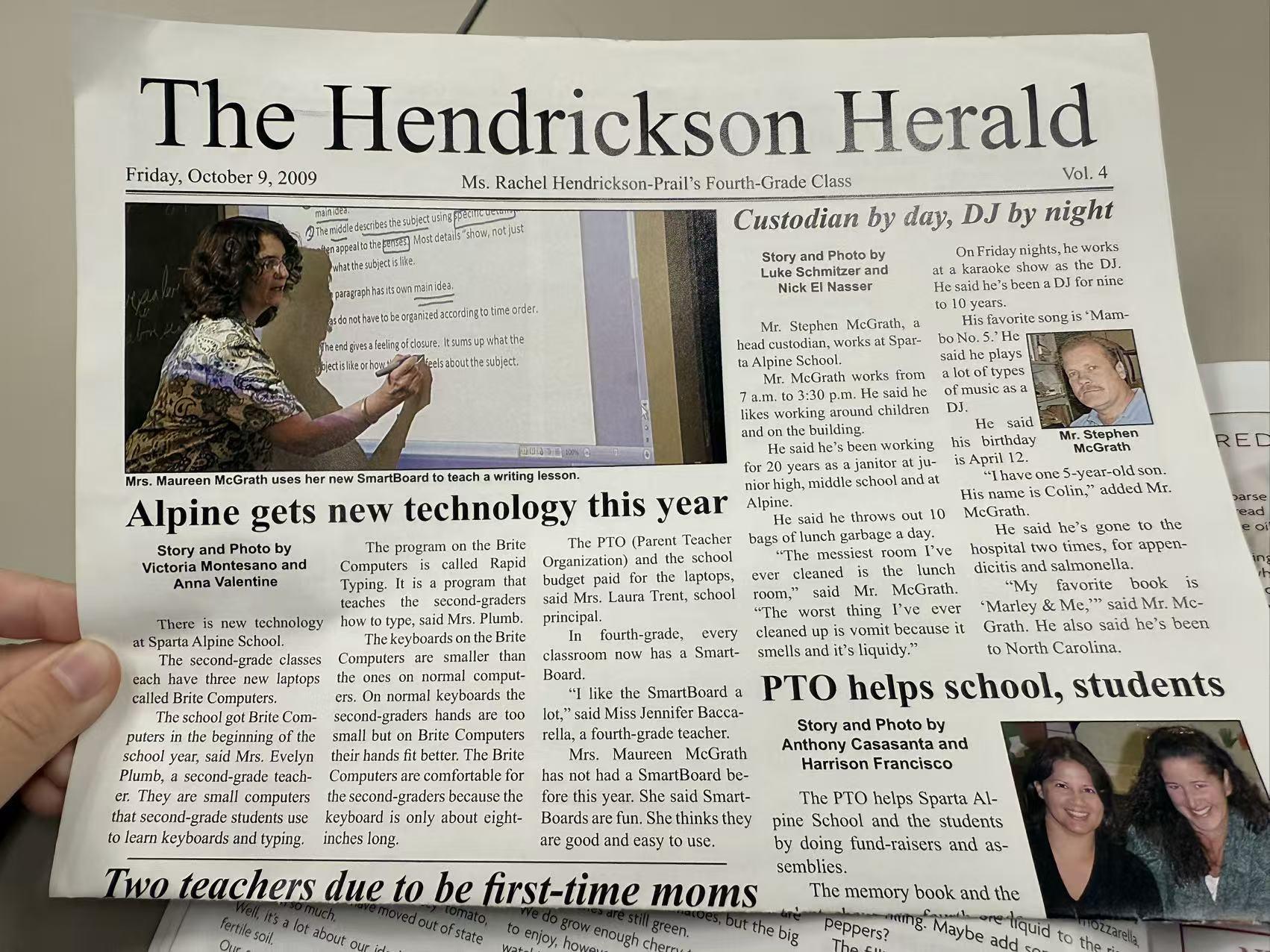
Three years into its existence as a modest summer publication, Ms. Karen joined Lake Hopatcong News with a vision to transform it into a feature-oriented community magazine. Avoiding hard news, politics, or government coverage, the publication focuses on stories that evoke emotion and resonate with readers in the lake region. With a readership of about 16,000 print copies and 3,000 online, it has become a meaningful staple for the community over her 13-year tenure. She passed recent issues around the room, including a cover story on Jean Scrocco, the wife of the late artist Greg Hildebrandt.
Dr. Joseph praised the magazine’s beautiful covers and asked how each one was chosen. Ms. Karen explained that selecting a cover is always a thoughtful process. Sometimes the story determines the image; other times, a single photograph captures everything that needs to be said. She takes most of the photos herself. One of her favorites, taken from a kayak, reminded her why she rarely brings cameras onto the water because of the risk and cost, but the image, she said, was worth it.
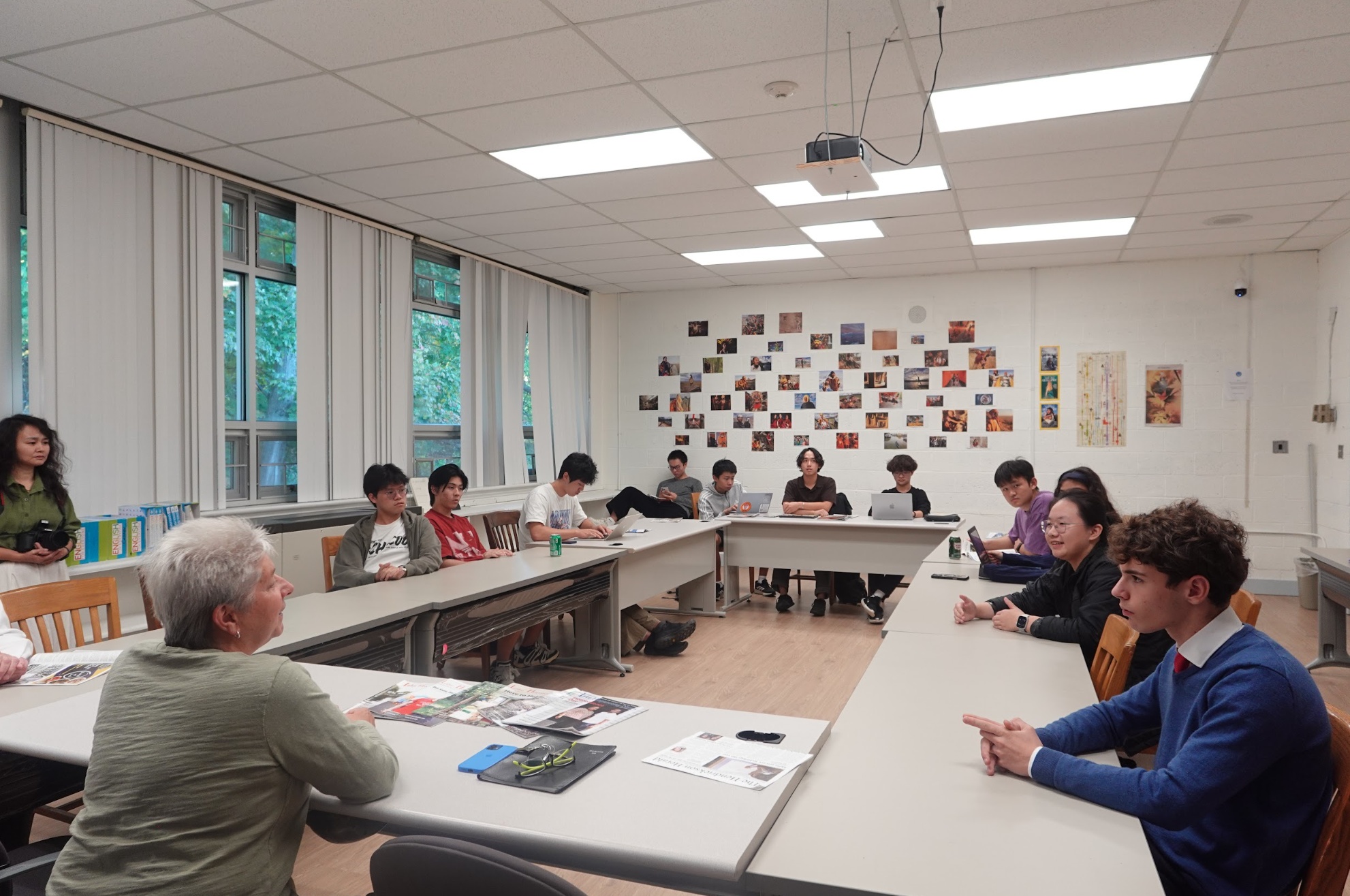
The discussion delved into magazine operations, including revenue models and content strategies. Lake Hopatcong News relies on advertising, aiming for a 65-35 or 60-40 ratio of ads to editorial content to break even. A companion Information Guide, filled entirely with ads and featuring a pull-out map, serves as a key revenue source. Ms. Karen also introduced Dover Now, a new bilingual publication (leading in Spanish, following in English) targeting Dover’s 80% Latino population. Supported by seed funding, it covers local news and developments, such as the growth of Latino families impacting school enrollment.
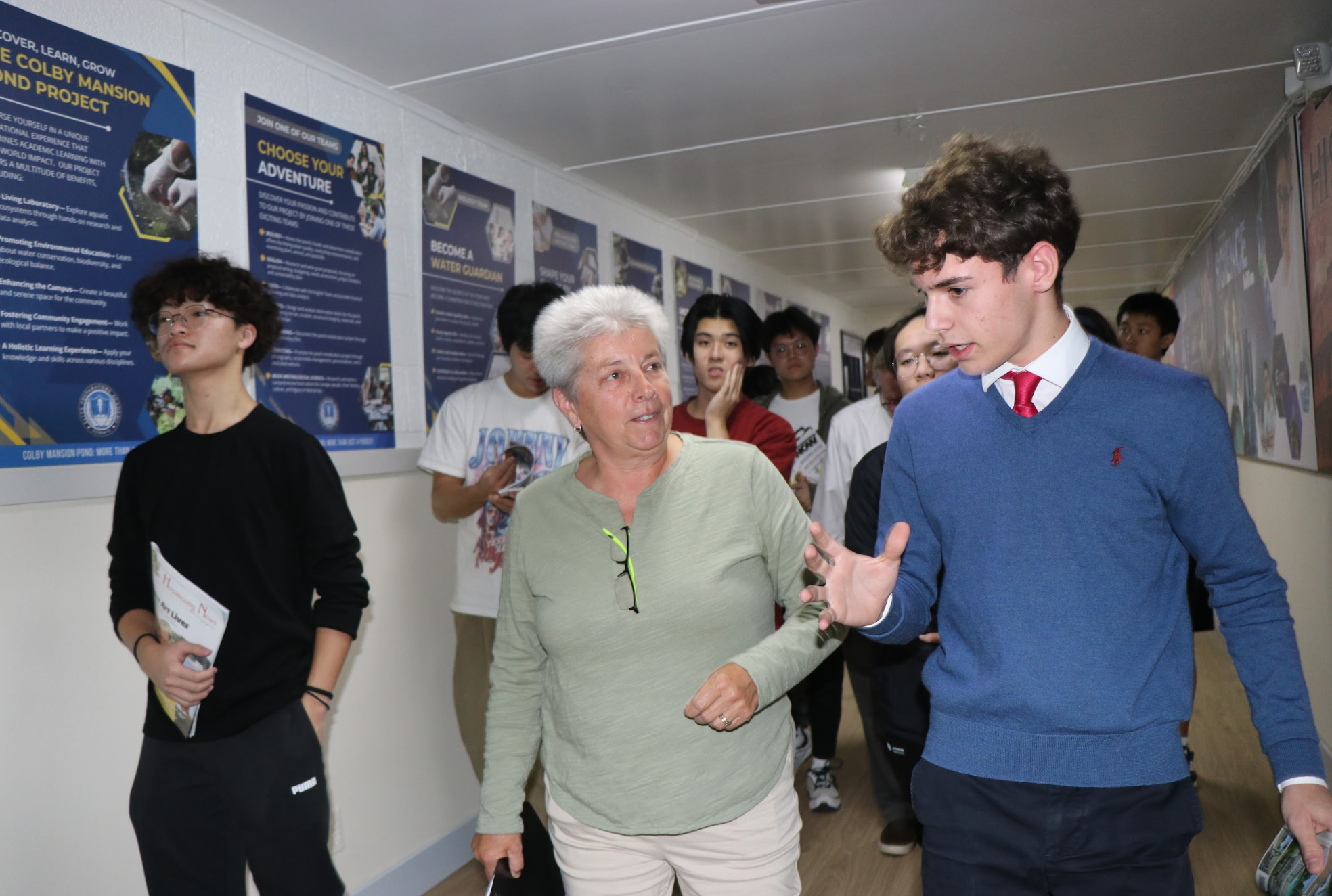
On journalism’s broader impact, Ms. Karen emphasized its role in informing the public, promoting empathy, and inspiring change. Reflecting on her inspiration from watching the fall of Saigon as a child, she noted how stories reveal diverse lifestyles and encourage critical thinking. Challenges in the digital age were addressed, including the industry’s shift from print to online. She advised against offering free digital content, as it eroded print readership and ad revenue at her former newspaper.
Students shared details of EPA’s activities, including the monthly school newsletter (with a special Halloween issue) and community service initiatives like collaborations with the Smile of Hopatcong and the Hopatcang Senior Center. Ms. Karen expressed enthusiasm for potential contributions from EPA students as writers or photographers, requesting samples of first-person pieces, interview-based stories, and event coverage. She highlighted her openness to giving opportunities to emerging talent, as seen in her mentorship of young photographers.
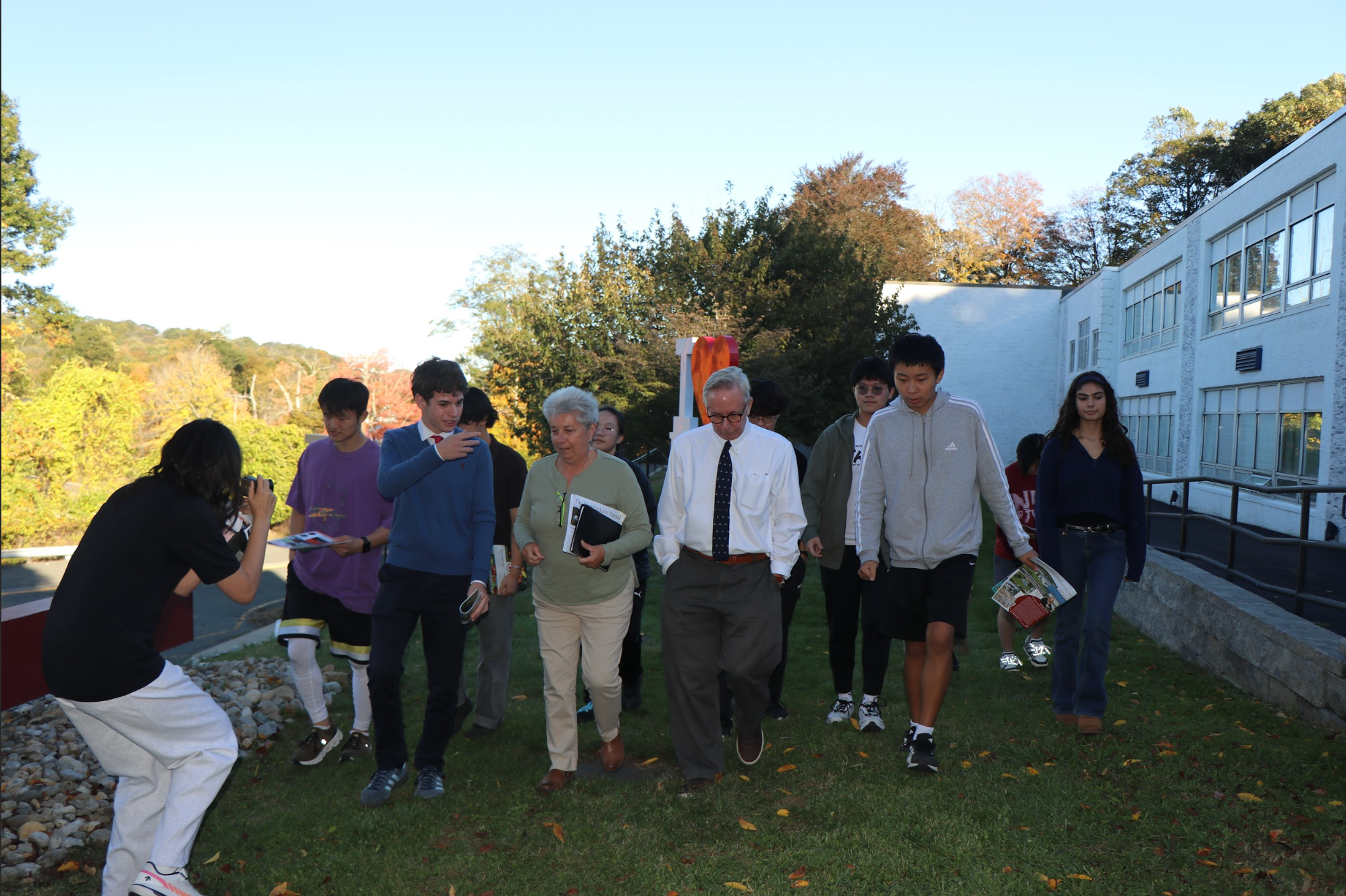
The afternoon closed the way community visits should. Students exchanged contacts with Ms. Karen, and they walked with her to the parking lot. Plans were made to send writing samples and photos. Back in the room, a few students kept browsing the magazines she sent to us.
Pages turned slowly. The stories felt near. Local journalism has done its quiet work, reminding everyone that connections grow when someone listens, writes clearly, and stays.
